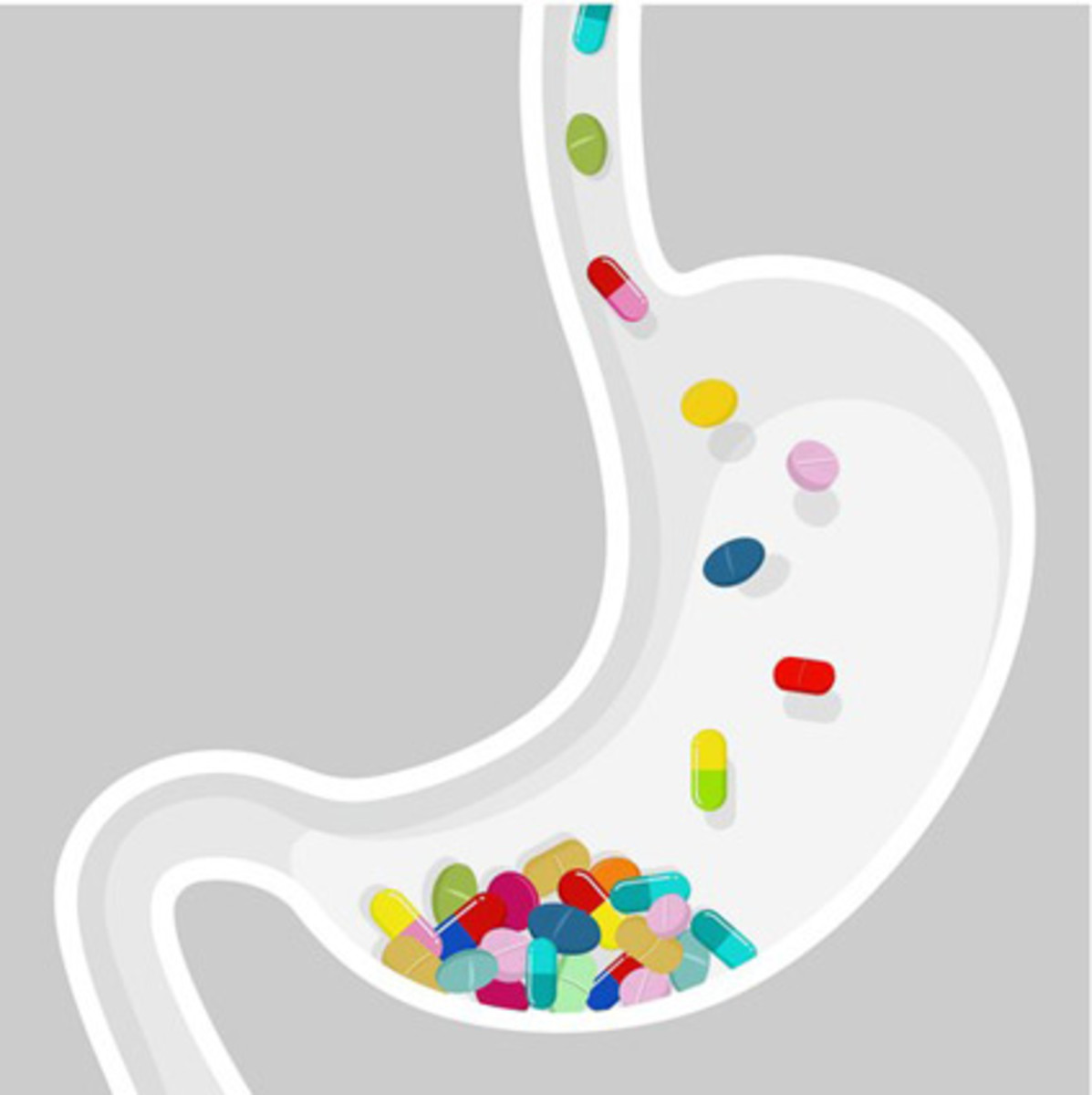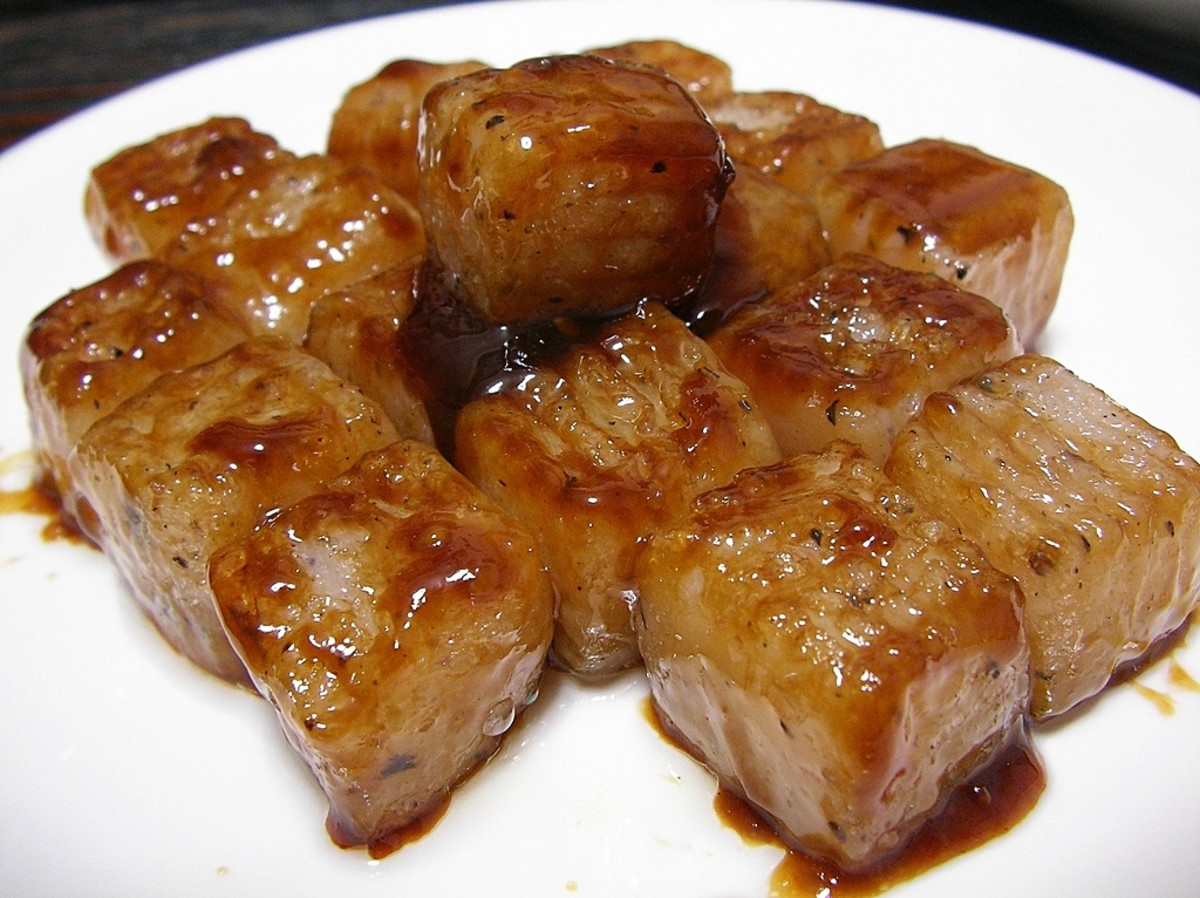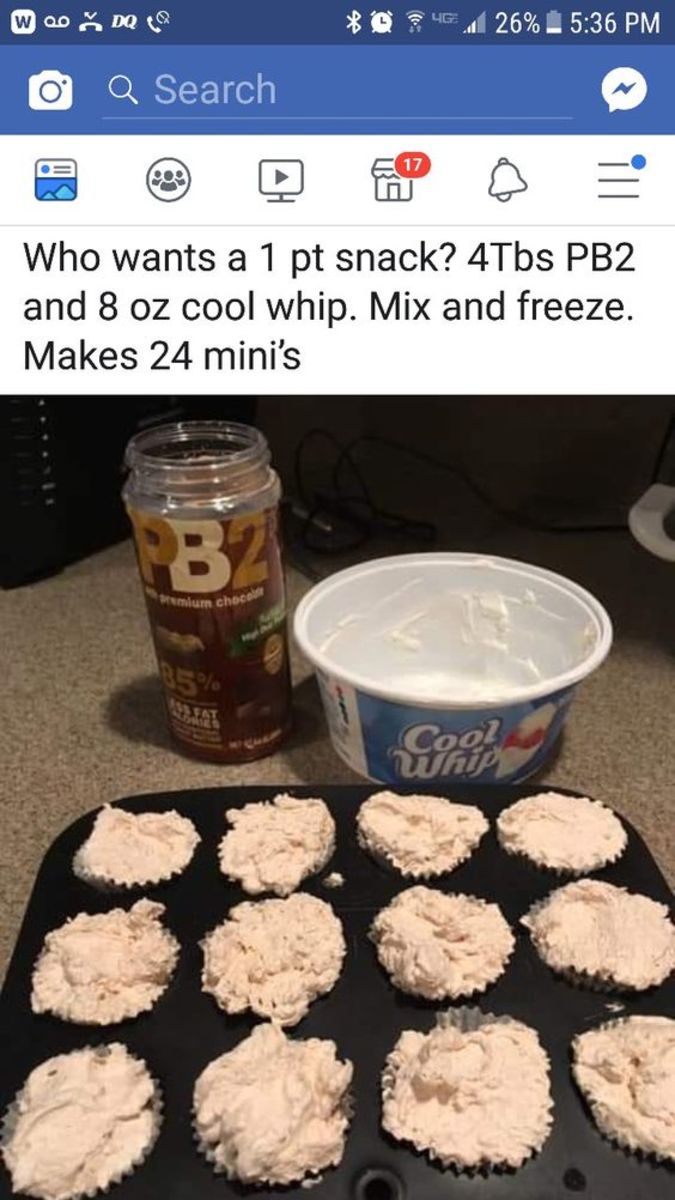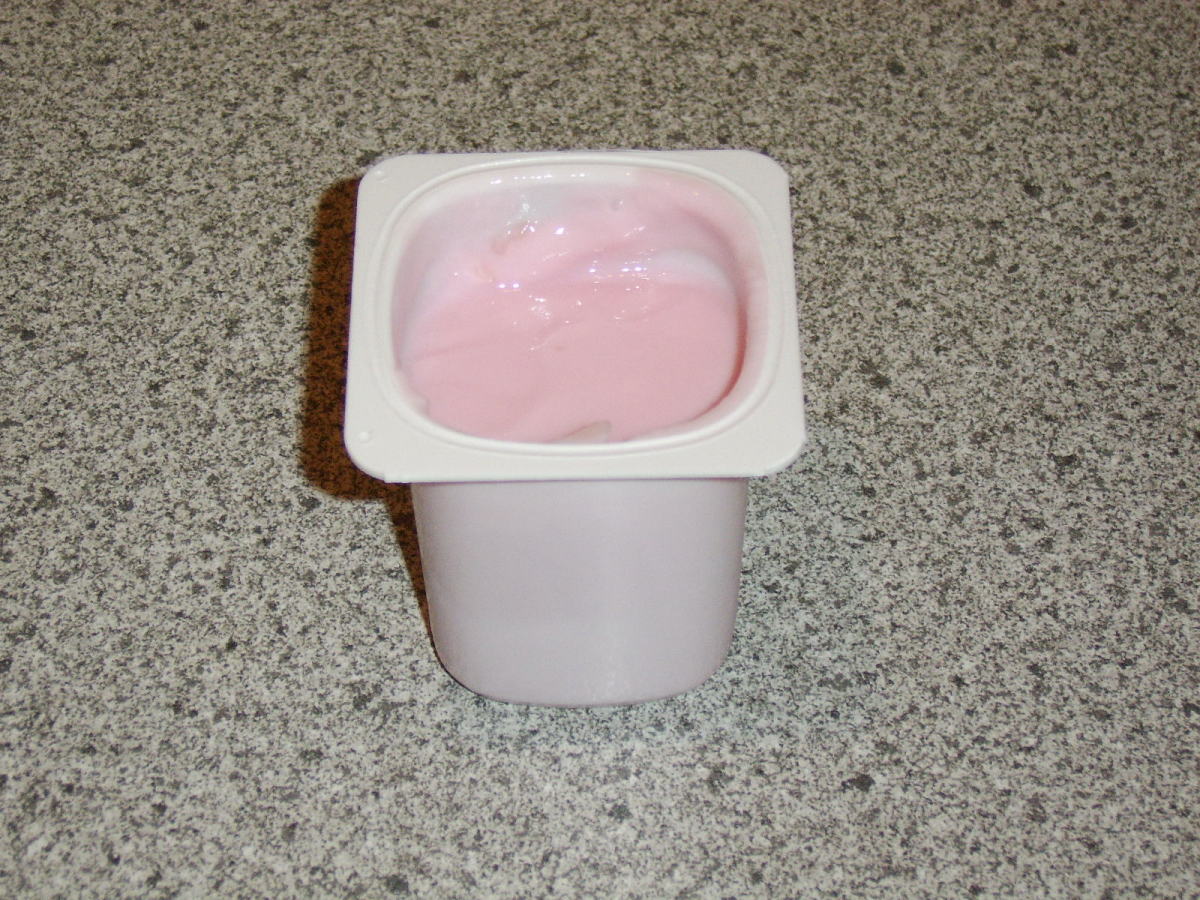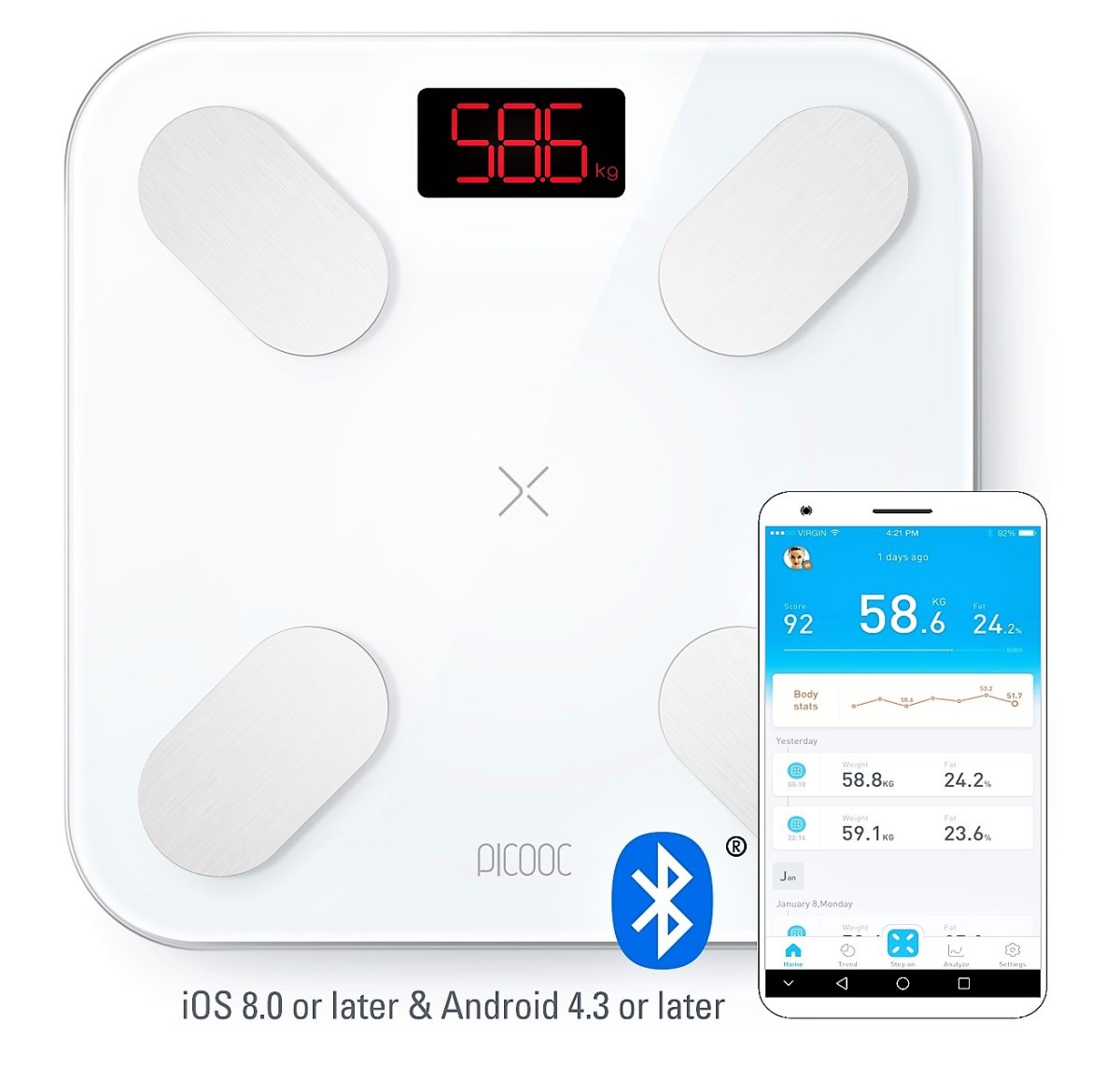weight loss surgery types

Surgery to reduce excess weight is also called bariatric surgery, this has been demonstrated as an effective treatment for long lasting control of morbid obesity, giving the individual a better state of health, it also helps cure diseases associated with morbid obesity such as diabetes.
There are two methods for obesity surgery:
- 1. restrictive methods, reducing the proportion of food consumed.
- 2. restrictive methods and that alter the absorption, reducing the proportion of food consumed and alter the absorption of nutrients by the body.
These 2 methods can be performed laparoscopically, a technique that allows aperson to operate without making a very significant cut, but through small cuts made in the abdominal wall through which specific devices are implanted by surgery.
Morbid obesity is very difficult to cure and time has shown that with medication and even surgery is a disease that resists all treatments. Current interventions can lose fifty percent of overweight, and do much the rest, and its effects often last for life.
Bariatric surgery is to reduce, through various techniques, the ability of the stomach.
These may be the gastric bypass, the adjustable band, intragastric balloon or gastric stapling and gastroplasty.
Intragastric balloon
The intra-gastric balloon is a non-surgical and non-pharmacological alternative for thetreatment of overweight. The technique of intra-gastric balloon is made to cause a transient decrease in weight in obese people, to fill in a stomach and reduce appetite and stomach saturation.
The treatment of intra-gastric balloon is suitable for the following patients:
People with mild to moderate overweight, suffering major health risks in references to his weight, and have not been able to reduce its weight by other methods.
Is also made for highly obese people, aimed at reducing the risk that involves surgery.
Highly obese people who do not want to resort to surgery.
The intra-gastric balloon is designed to be complemented with a reduced calorie diet to reduce weight, and must be removed after the target is reached in about six months after insertion.
The intra-gastric balloon is inserted into the stomach through the mouth, without resorting to surgery. After filling the balloon with saline causing a sensation of fullness.This ball is made of silicone and has a resistance to stomach acids. The insertion takes at most thirty minutes and no additional complications associated with thesurgeries.
After six months, the balloon is deflated and removed through the mouth, with little discomfort and complications.
The intra-gastric balloon system is a technique to help losing weight, which is used together with diet and standard care for weight loss. Decreased the amount of weight depends on the diet and how they met. To keep the weight depends on how you follow the power after removing the ball and physical exercise to be performed. On average most of the patients lose fifteen kilos in the six months of treatment.
Gastric Bypass
Gastric bypass surgery: What can you expect?
Learn what to expect, including the benefits and risks, if you decide to gastric bypasssurgery.
This surgery produces changes the anatomy of your digestive system to limit the amount of food you can eat and digest. The surgery aids in weight loss and reduce your risk of medical problems associated with obesity.
Gastric bypass is the most common bariatric surgery in the United States. Surgeons prefer this surgery because it is safer and has fewer complications than other available weight loss surgeries. It can provide long-term, consistent weight loss if accompanied by ongoing changes in behavior.
Gastric bypass is not for everyone who has obesity. It is an important procedure that poses significant risks and side effects and requires permanent changes in your lifestyle. Before deciding to proceed with surgery, it is important to understand what is at issue and lifestyle changes you should do. Much of the success of surgery depends on you.
How is gastric bypass surgery?
In gastric bypass, the surgeon creates a small pouch at the top of your stomach and adds a bypass around a segment of your stomach and small intestine.
The surgeon staples the stomach across the top, which was sealed from the rest of your stomach. The resulting pouch is about the size of a walnut and can hold only one ounce of food. The pouch is physically separated from the rest of the stomach. Then the surgeon cuts the small intestine and sews part of it directly into the bag.
This connection redirects the food, above most of his stomach and first part of your small intestine, the duodenum. Food enters directly into the second section of his small intestine, the jejunum, which limits their ability to absorb calories. While food does not enter the bottom of your stomach, the stomach stays healthy and continues to secrete digestive juices to mix with food in your small intestine.
Some surgeons perform this operation using a laparoscope - a small tubular instrument with a camera attached - through short incisions in the abdomen (laparoscopic gastric bypass.) The tiny camera on the tip of the scope allows the surgeon to see inside your abdomen.
Compared with traditional surgery "open" gastric bypass, the laparoscopic technique usually shortens your hospital stay and leads to faster recovery. Fewer wound-related problems also occur. Not everyone is a candidate for laparoscopic gastric bypass, however. Talk to your doctor about whether this approach is right for you.
What to expect during surgery?
Gastric bypass surgery is performed under general anesthesia. This means you inhale analgesics as a gas or receiving the anesthetic agent through an intravenous (IV) so that the line is asleep during surgery.
During surgery, a tube is passed through the nose in the upper stomach pouch.Sometimes this tube stays in overnight. The tube is connected to a suction machine after surgery to keep the small stomach pouch empty so that the staple line to heal.
You may have another tube in the stomach on the sidelines. This tube comes out the side of her abdomen and removed four to six weeks after surgery. Some skin irritation may develop around this tube.
Gastric bypass surgery takes about four hours. After surgery, you wake up in a recovery room, where medical staff will monitor for any complications. Your hospital stay may last from three to five days.
What can you expect after gastric bypass surgery?
You are not allowed to eat one to three days after surgery so that your stomach can heal. Then followed a progression of your diet for about 12 weeks. The progression begins with liquids only, proceeds of mashed and soft foods and finally to regular foods.
With your stomach pouch reduced to the size of a walnut, you need to eat very small meals throughout the day. In the first six months after surgery, eating too much or too fast can cause vomiting or intense pain under your breastbone. The amount you can eat gradually increases, but will not be able to return to their old eating habits.
You may experience one or more of the following changes in your body as a reaction to rapid weight loss in the first three to six months:
Body Aches
Feeling tired, as if he had the flu
Feeling cold
Dry Skin
Hair thinning and hair loss
Mood swings


